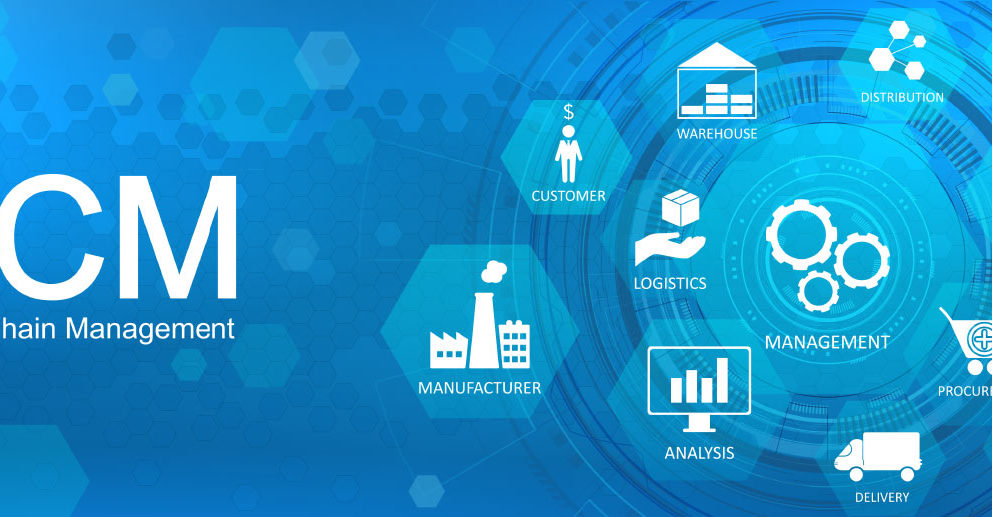How Connected Fleet Tracking can Improve Supply Chain Management?
- Connected Fleet tracking reduces fuel consumption by identifying troubling driving patterns and implementing practices to ensure fuel-efficient driving.
- Locating items that are yet to reach their destination or have gone missing in transit.
- Creating faster delivery routes, while giving managers better visibility across the entire fleet.
- Making strategic decisions in a timely manner, promptly responding to any minor issues that arise, and identify potential problems in the supply chain.
- Boosting customer service by getting jobs completed on time, sans delays.
- Ensuring maximum utilization of assets across the fleet.
Fleet tracking technology serves as more than just a tool for navigating drivers or pinpointing the precise location of a vehicle. It has transformed the logistics industry completely and made supply chain management all the more efficient. With Connected Fleet, it is possible to know the whereabouts of vehicles at any given time, monitor vehicle speed, routes, and engine idling, keeps tab on driver behaviour, and complete jobs on time.
How does Connected Fleet tracking help in supply chain management? Take a look:
Reducing Fuel Consumption
Rising fuel costs is one of the major concerns in supply chain management. Implementing fleet tracking technology via Connected Fleet gives access to a considerable amount of data that shows the activity of individual drivers and of the overall fleet as well. This helps fleet managers to identify the drivers who are using higher than optimal level of fuel. After collating this information, specific training modules can be developed to improve driving patterns, which minimizes fuel consumption. Using Connected fleet solutions, fleet managers can also get automatic alerts whenever there is speeding, harsh acceleration and engine idling, which contributes to high fuel consumption. If drivers are notified of such issues, they can self-correct their behaviour and drive in a more fuel-efficient manner.
Locating Missing Items
When items are lost or misplaced, it can create huge problems for a supply chain. One way of dealing with this issue is to track merchandise using QR codes, barcode or RFID codes. When combined with an advanced fleet tracking system, managers get a detailed picture about the movements and routes of their goods. If items don’t arrive at their intended destination, they can check the data to find out which vehicle was carrying the shipment, what route it took, and why it failed to reach. Using Connected Fleet, missing products can be located and the shipment re-routed to its correct destination, which often saves thousands in revenue.

Optimizing Routes and Ensuring More Transparency
Smooth functioning of supply chains mean that drivers should take the shortest and most fuel-efficient route between locations. For large companies, it wouldn’t cause an immediate problem if a product was delayed, but for smaller operations, it can lead to significant issues further down the chain. As mentioned, fleet managers can pinpoint the exact location of a vehicle, which lets them know right away if a particular shipment has been delayed.
Furthermore, fleet managers can design more time-efficient routes to avoid well-known congested areas. This feature is not only beneficial for the supply chain as vehicles arrive at destinations faster, but it also speeds up the final stage where products are delivered to customers. Deliveries can happen quicker and the number of deliveries in a day can be sped up well.
Making Smart Decisions
Using Connected Fleet, supply chain managers can connect vehicles, equipment, and devices to get real time status updates on jobs. It gives them a clear insight across the supply chain, starting from the warehouse and transportation, right to the stakeholders and customers. For instance, rather than viewing any job status as “with courier” or “in transit”, managers can zero in on the exact location of the vehicles. Using analytics data from fleet tracking ensures you are familiar with every aspect of the supply chain, such as knowing where your drivers are, what they are doing, location of shipments, and outcome ofs every process and system.
With real time tracking options, fleet managers can make intelligent and timely decisions that keep goods moving efficiently. For instance, if drivers are experiencing technical difficulties while making deliveries, managers can communicate and devise instant solutions to those problems, so a task is completed with minimal delays. This information allows fleet managers to make timely decisions regarding maintenance, scheduled delivery, and pickups. This data can be accessed later on to asses the performance of each vehicle, why it reached its destination late, and what can be done to improve service delivery.

Improving Customer Service
The efficiency of a supply chain is determined on the basis of its connectivity. Managers can access information on their systems while in office or on mobile apps, to track where an item is in real time, so that forecasting delivery time becomes a more exact science. Potential problems can be identified sooner, which allows them to contact customers to manage their expectations or make other arrangements to meet Service Level Agreements. Connected Fleet allows automation of status updates for customers, so they stay informed about their shipments, which in turn reduces inbound enquiries to the customer service team.
Maximizing Asset Utilization
Improved connectivity allows supply chain managers to optimize fleets, which means smarter route planning and identification of assets that are delayed in traffic or held up at a previous job. Connected Fleet lets you track utilization rates to monitor efficiency of assets, thus enabling managers to schedule optimal number of jobs for each asset. With a deeper understanding of how assets are utilized, along with their performance, business operations can be fine-tuned accordingly. It helps to improve productivity by planning more deliveries and dispatches per day. When multiplied across a fleet and the entire supply chain, this could bring a huge boost to the bottom line.
Connected Fleet shows a lot of promise when it comes to supply chain management, but the implementation is only in its infancy. For companies operating a supply chain, it is crucial to install this technology. Anstel’s Connected Fleet provides a greater understanding of how your fleet is functioning as part of the supply chain, which allows fleet managers to improve operational efficiency and productivity by identifying bottlenecks and making timely, strategic decisions.

 Global
Global Australia
Australia India
India